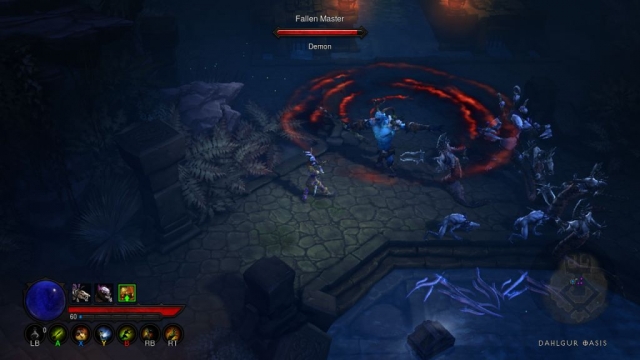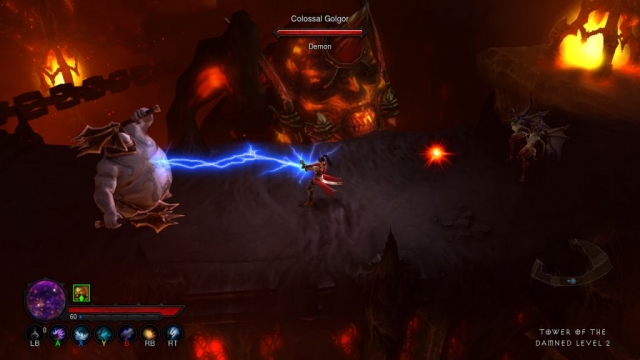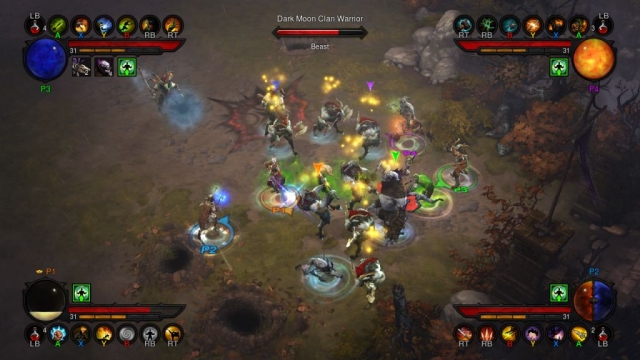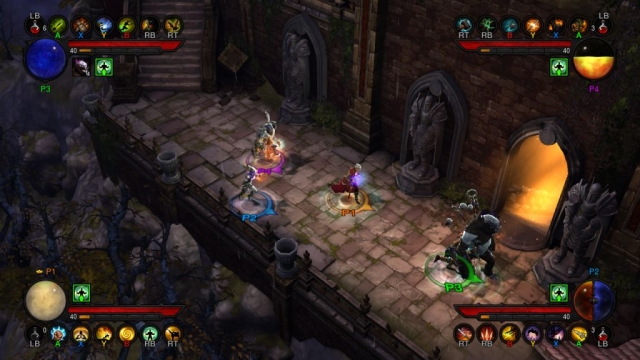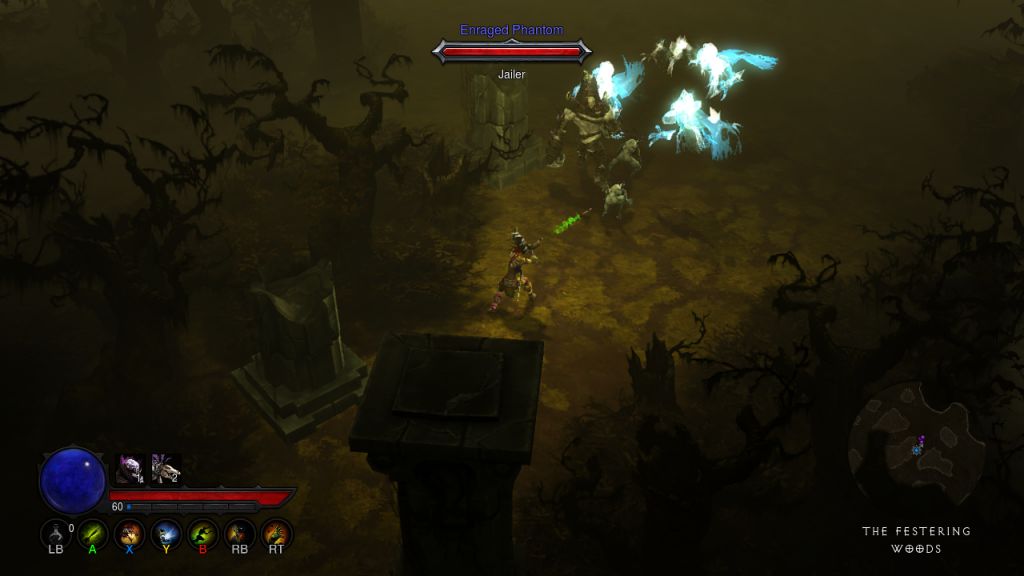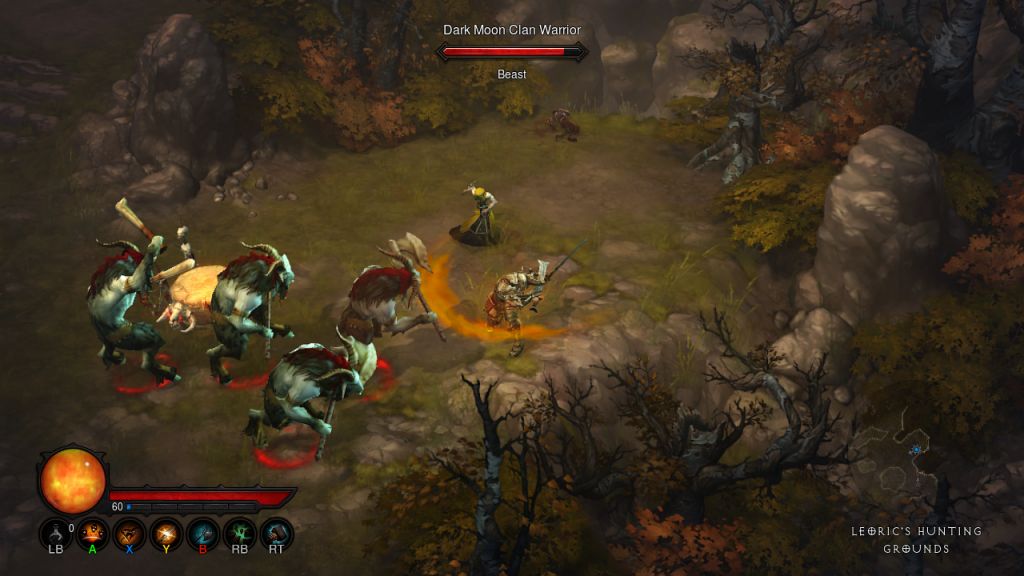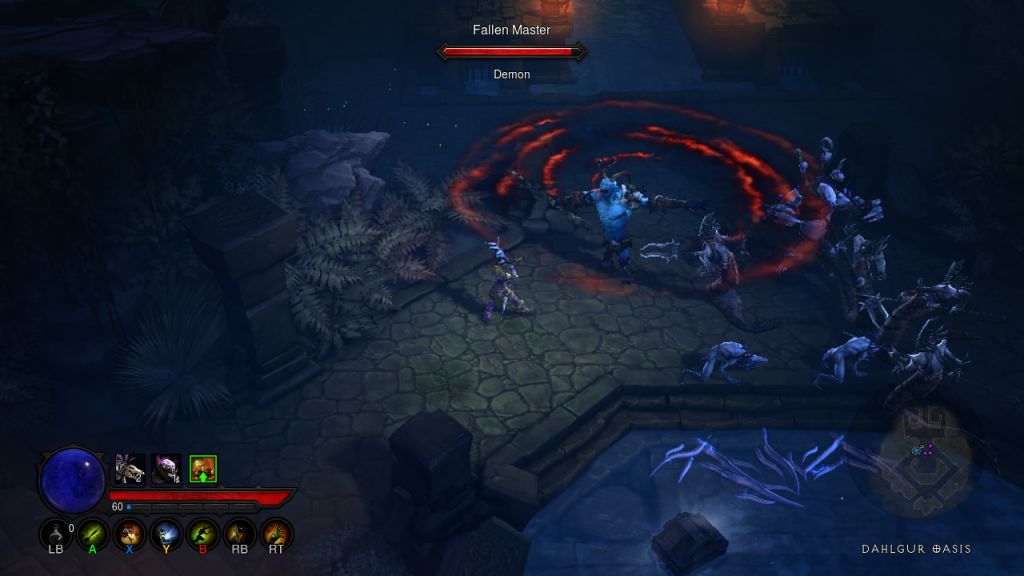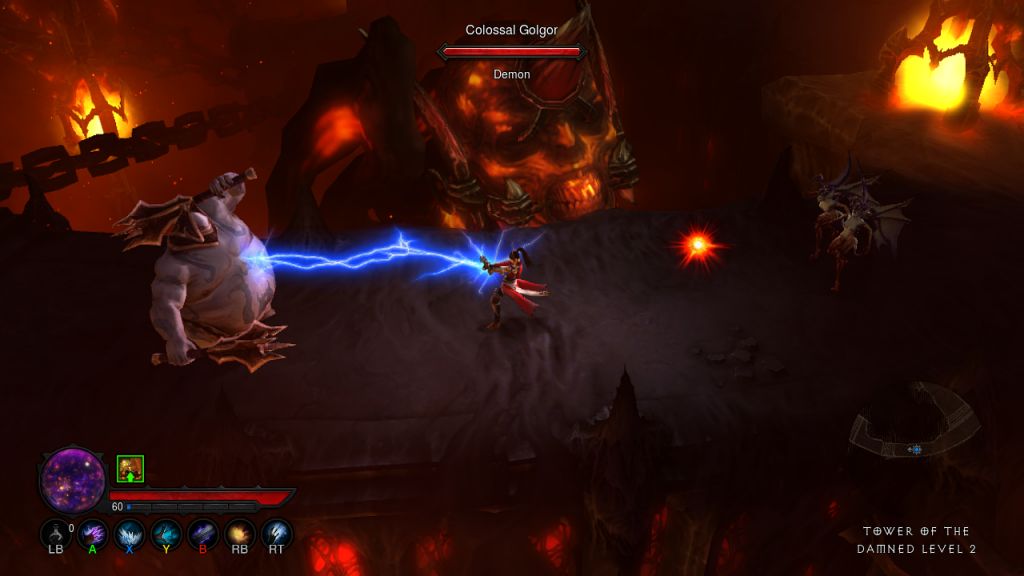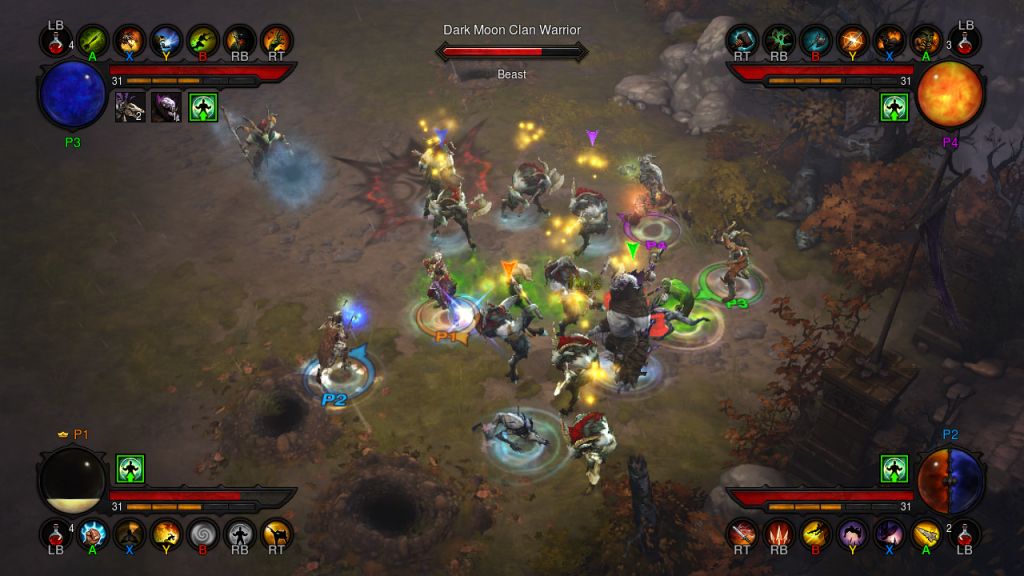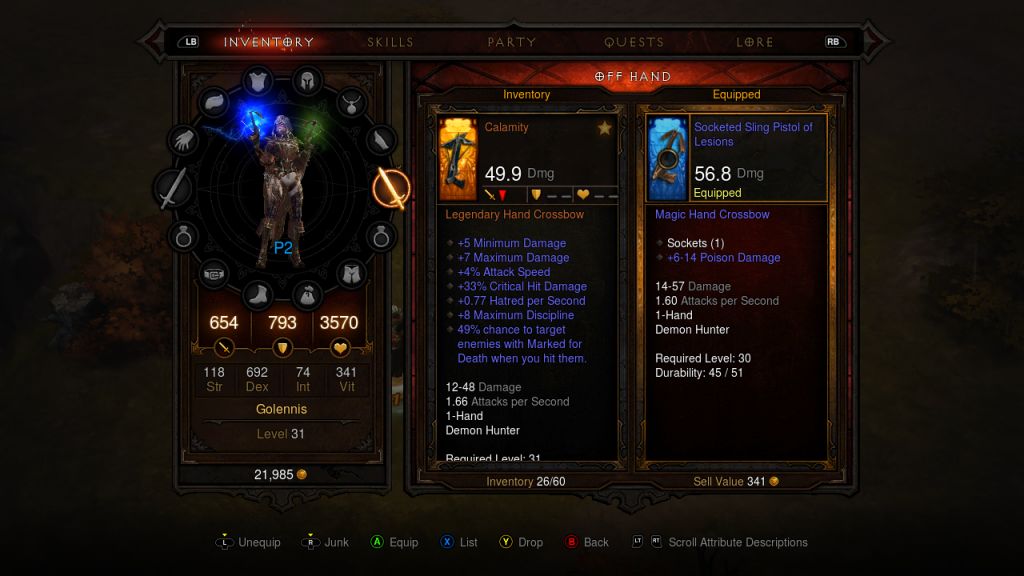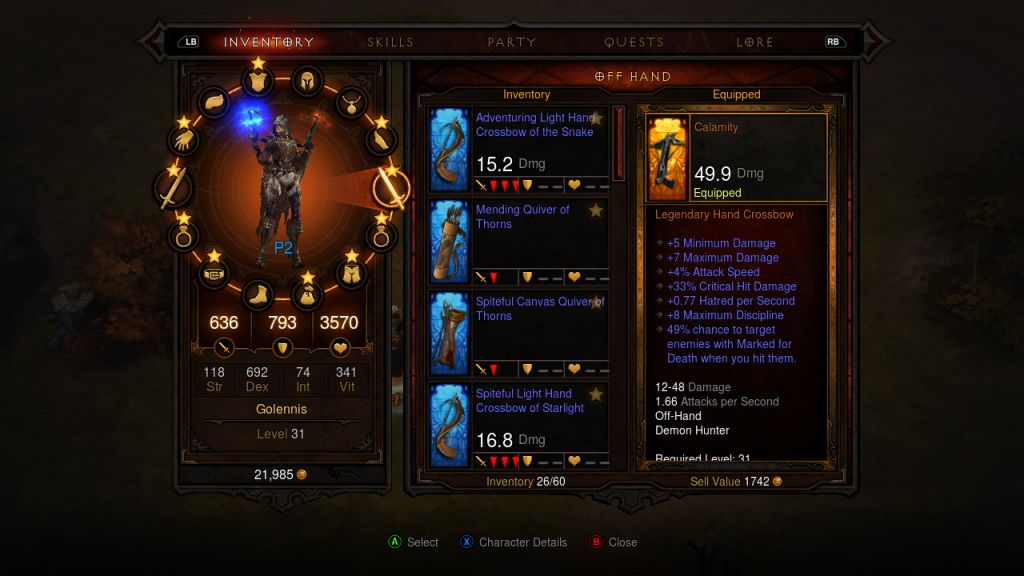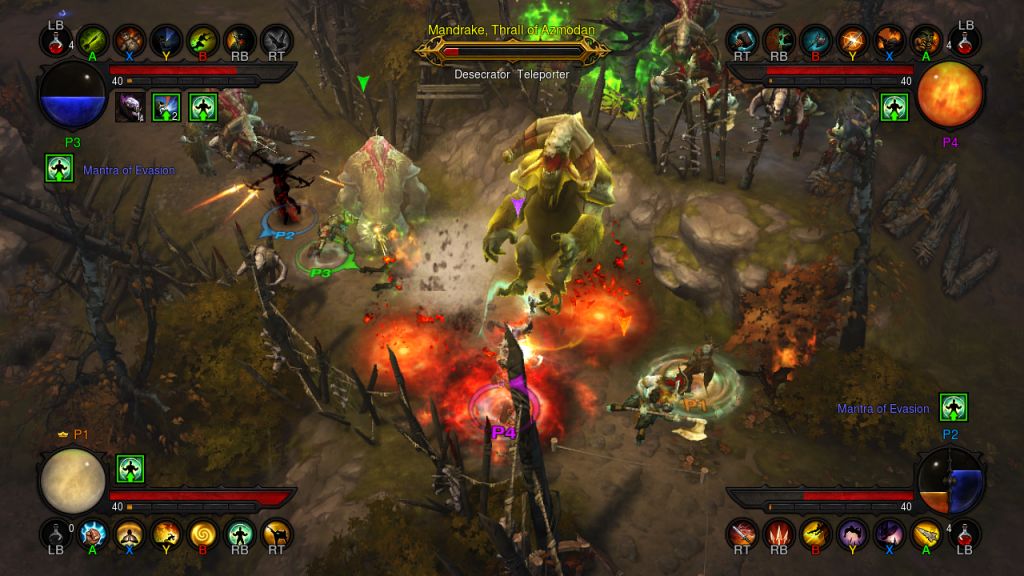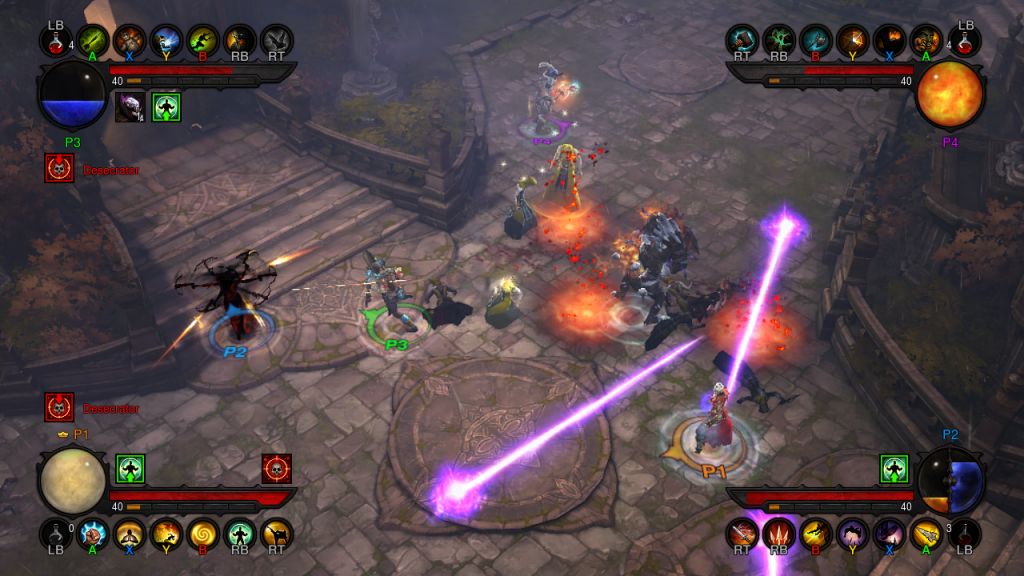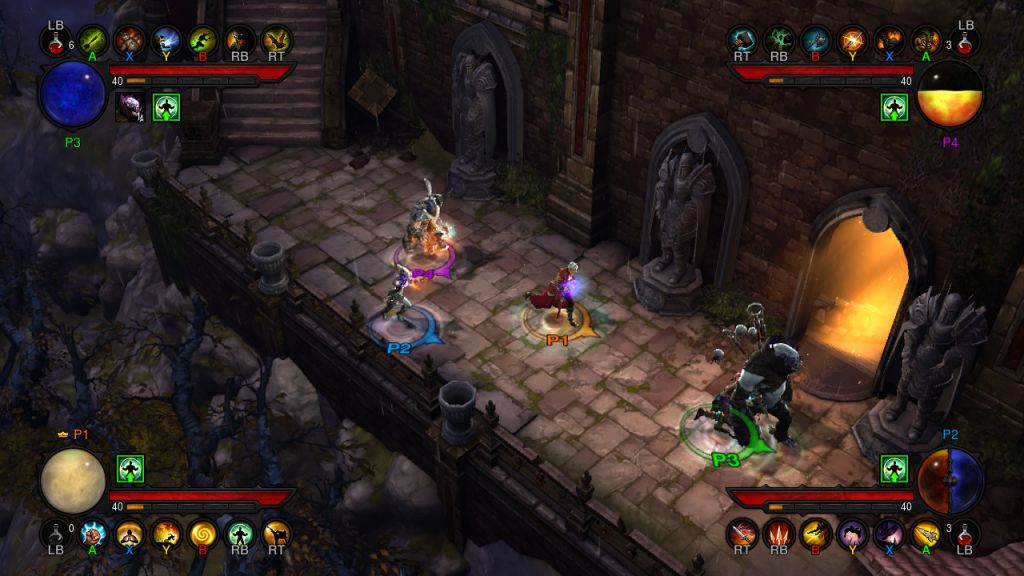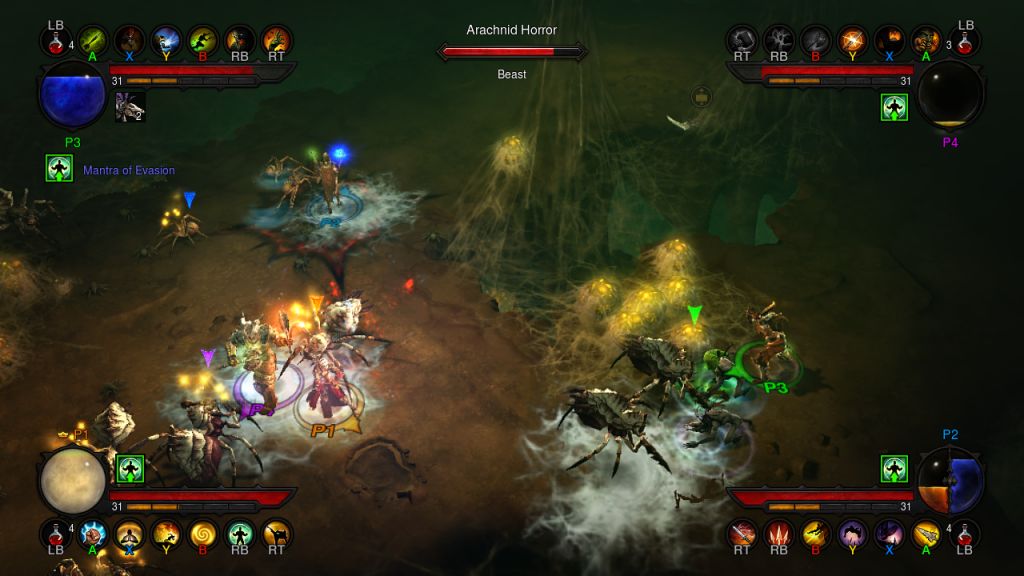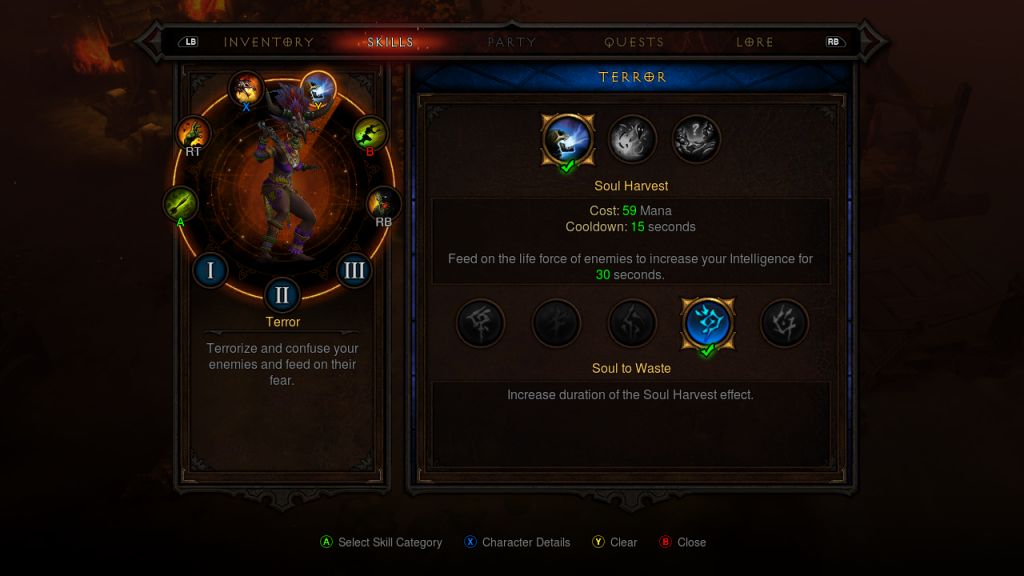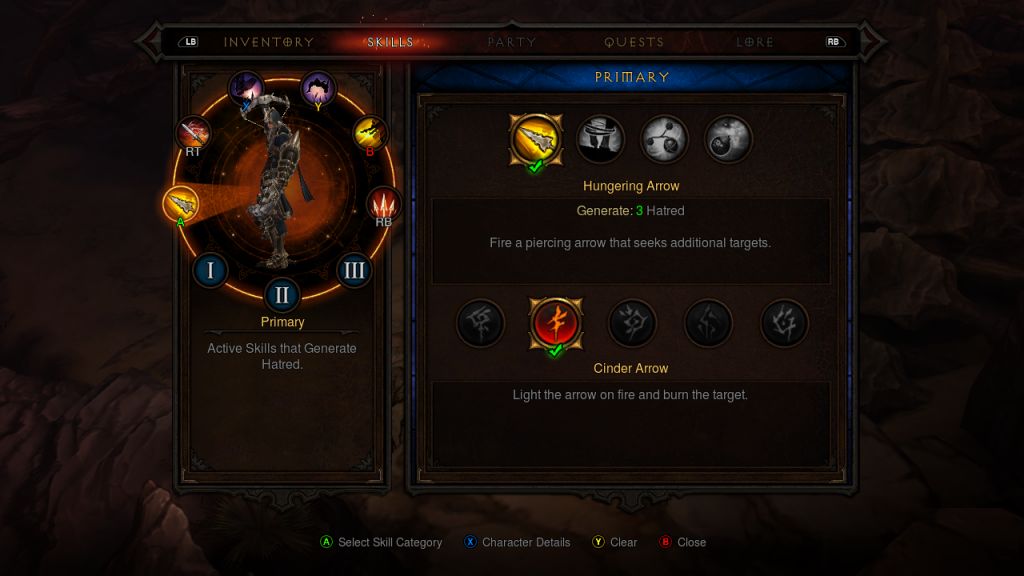Diablo III

I had to wait a very long time to get my hands on Diablo III, which released over a decade after Lord of Destruction came and took over my life. As a longtime fan of the series — up until the latest game released I would still return to Diablo II every so often — I didn’t leave disappointed.
Apparently, I was in the minority.
Diablo III is an odd game. If you look at its sales, which tally over 12 million for the PC version, and the reviews it garnered (near unanimous critical acclaim), you would think it would’ve had a lasting impression on the industry. Instead, it was largely forgotten, a glaring omission from many Game of the Year lists. Unfortunately, its memory had been tarnished by a couple awful ideas on Blizzard’s part — the auction house and required Internet connection.
If either of those bothered you, the console version of Diablo III is the one to get, because it comes with neither.
Before we get into that, for the uninitiated, Diablo III is set in the world of Sanctuary, where angels and demons wage war with humanity caught in the middle. After being defeated in the last game, the world felt at peace, knowing Diablo was no more. That peace doesn’t last, naturally, as demons once again spill forth from the bowels of hell, forcing a handful of heroes with unique talents to mow them down.
There are five playable classes: the Wizard, Witch Doctor, Barbarian, Demon Hunter and Monk.
The Wizard and Barbarian are returning classes, with the other three being totally new to the series. The Wizard is the resident “glass cannon,” ideal for dealing lots of damage without being able to take much herself. The Barbarian is the opposite, a tank that can dual wield powerful weapons and unleash even stronger attacks thanks to an arsenal of skills that are focused on crowd control.
The Witch Doctor replaces the Necromancer from Diablo II. He can summon a modest sized army of zombies, zombie dogs, voodoo creatures and pigmies to do the fighting for him as he stays in relative safety sending out attacks that tend to have fantastic area of effect.
The Demon Hunter is a clever fusion of the Amazon and Assassin classes from the previous game. She comes armed with dual crossbows and an arsenal brimming with traps and neat tricks to keep the enemies busy while you pelt them with bolts from afar.
The final class, the Monk, is a close-range focused Paladin — sort of. She has a myriad buffs to help her and her allies in battle, as well as a bevy of moves that can be tailored to maim a single bad guy or a group of enemies. If you like getting up close and personal, this class is for you.
In Diablo III, with the exception of the Witch Doctor, Mana is no more. It’s been replaced by a resource that’s unique to the class being played. The Barbarian uses Fury, the Demon Hunter uses Hatred and Discipline, the Monk uses Spirit and the Wizard uses Arcane Power. They also replenish differently, with some refilling as enemies are slain and others replenishing over time.
The biggest, and most ambitious, change Blizzard introduced in Diablo III is the new and improved Runes system. Now, runes can be unlocked and equipped to completely change a skill. For example, the Wizard has a skill that sends out three currents of electricity in random patterns in front of her. This skill comes with a handful of runes that drastically change the way this skill works and looks, turning the electricity into fire, adding more currents, increased damage, etc.
All Blizzard had to do to appease a majority of their disgruntled fan base was remedy those two problems – the auction house and required Internet connection. They did, and on top of that they overhauled the loot system — with something they call Loot 2.0 — which tweaks how often rare loot drops. My first time through the PC version I didn’t come across a single unique or set item, but on the 360, I had amassed a fairly impressive collection of unique equipment by the time I went face-to-face with the Big D.
Blizzard implemented a couple other useful features, including a dodge move that’s mapped to the right thumbstick for easy use. It might not sound like a big change, but it definitely saved my butt more than a few times. Overall, the controller works fantastic, possibly better — at least in most situations — than a mouse and keyboard. This shouldn’t come as a big surprise to anyone who’s played Torchlight, but some fans were worried that the game wouldn’t play as well without the classic controls.
With the “point-and-click” element removed, you now attack by aiming with the left thumbstick and pressing one of the four face buttons, or the right trigger and bumper — the game will automatically target the closest enemy in whatever direction you’re aiming. Each of these buttons has a skill mapped to it, so you can switch between the ones you have equipped on the fly. It’s intuitive, and while I do miss being able to aim attacks like the Wizard’s magic missiles using the mouse, for the most part, it’s a graceful transition.
There are also Nephalem Globes that look like yellow health globes. When they’re picked up, they apply a temporary buff that has three tiers. As you slay more monsters, the buff becomes more powerful, adding increased XP per kill, boosted movement and attack speed and even an increased chance of finding magic items.
The console version is without a doubt the Diablo III you should get, even if you already have it for PC. The controls work brilliantly on the controller and its painterly style still looks as vibrant and gorgeous as ever. Thanks to a few smart changes, Blizzard has managed to remedy essentially every problem I initially had with the game, leaving me to enjoy Diablo III the way it was meant to be played.
Reviewed By: Adam Dodd
Publisher: Blizzard Entertainment
Rating: 95%
——————————————————————————–
This review is based on a retail copy of Diablo III for the Xbox 360 provided by Blizzard Entertainment.
 Game Over Online
Game Over Online